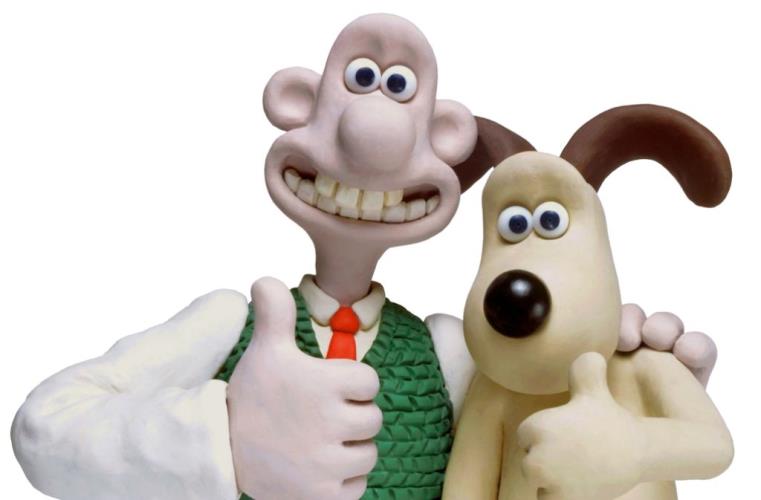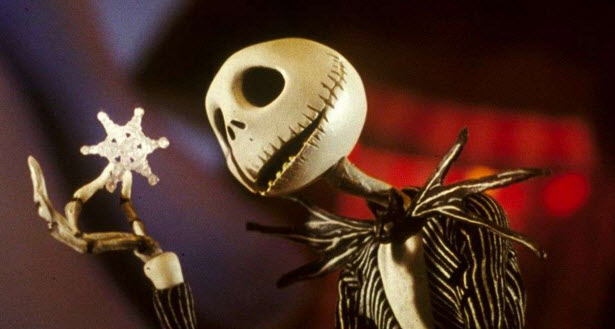Lo is an experienced anime producer and began independent anime creation in 1977. His works won the first prize at the Hong Kong Independent Short Film Festival for four consecutive times and he was promoted as panel member. In the next year, he joined the Radio Television Hong Kong to work as cartoon producer until 1993. Over recent years, he spent efforts on promotion of the anime industry in Hong Kong and planning of anime exhibitions. Recently, he worked as the curator of the 50 Years of Hong Kong and Taiwanese Animation. He currently worked as Secretary General of the Hong Kong Animation and Culture Association.
Before the computer animation era, we had two mainstream animation production approaches: hand drawn animation and stop motion animation. The biggest difference between the two traditional production methods lies in the presentation, especially the presentation of stereoscopic effect and texture. Compared with the stop motion animation, the hand drawn animation is more popular as a lot of Japanese animations and Disney animations employ such technique. In earlier years, stop motion animations were mostly short films but it was mostly adopted for special effect. There weren’t many stop motion animations that impressed the audience back then. It wasn’t until the 90s that the situation changed.

Compared with hand drawn animations, stop motion productions are constrained by physical limitations. Gravity is the primary concern for stop motion animations because the characters in these animations are actual models that are affected by the surrounding environment. Whether it is puppets or figures, it is not an easy task to pose them and position them at the same spot for filming. Stop motion animations are captured one frame at a time, which is in fact technically challenging. Before computers became a common tool in the animation industry, animators spent lots of time solving the technical obstacles they encountered. You might wonder: why make stop motion animations in the very first place then?
The development of animation technology enabled animators to make hand drawn graphics more realistic. Some industry workers came up with the idea of using actual puppets and scenes for animations. Animators can also use lighting effect and different filming techniques to give more depth and flexibilities to animations. Another advantage that sets stop motion animations from hand drawn animations is that the production team only needs to prepare props and equipment. In comparison, animators doing hand drawn animations would need to have a large number of graphics ready before making the animation. Besides that, animators have more room for improvisations when making stop motion production. For example, they can change the posture of the character very easily. This is what makes stop motion animations so fascinating!

In the 90s, there were two influential stop motion animations that redefined people’s perception of this particular form of animation: Wallace and Gromit by the Aardman Studios and The Nightmare before Christmas by Tim Burton. The two animations showcase the features of stop motion animations with charming characters and scenes with great depth. In addition to that, the fan merchandises that were later launched into the market helped increase the two animations’ popularity in the market. If the audience were able to see the production process behind the scenes, they would be further amazed by the efforts the animators had made.
When computer animation technology started to go mainstream, some believed that computer animation is the evolved version of stop motion animation because it has more depth and eliminates the constraints from the physical world. In recent years, computer animations are the dominating productions in the market. But we are still seeing new stop motion animations coming up that were well-received by the audience. The reason for it is simple: the audience would also want to see the craftsmanship of the animators besides the animation itself. Stop motion animations have their own imperfections. But these imperfections happen to be the elements that set stop motion animations apart from computer animations.
Animation is an art. Some people might not be able to differentiate computer animations from stop motion animations by just looking at the final production. But if you have the chance to see exhibitions on stop motion animations, then you will realise that these animations also generate delicate puppets. It is quite similar to the value of the graphics in hand drawn animations. The paintings and graphics of these animations can even be exhibited in a museum.
Among the recent stop motion animations, Isle of Dogs directed by Wes Anderson is the most recommended one! The models used in the animations are so delicate in details that will overwhelm you. The unique colour aesthetics and interesting dogs in the animation help make the animation enjoyable as well.